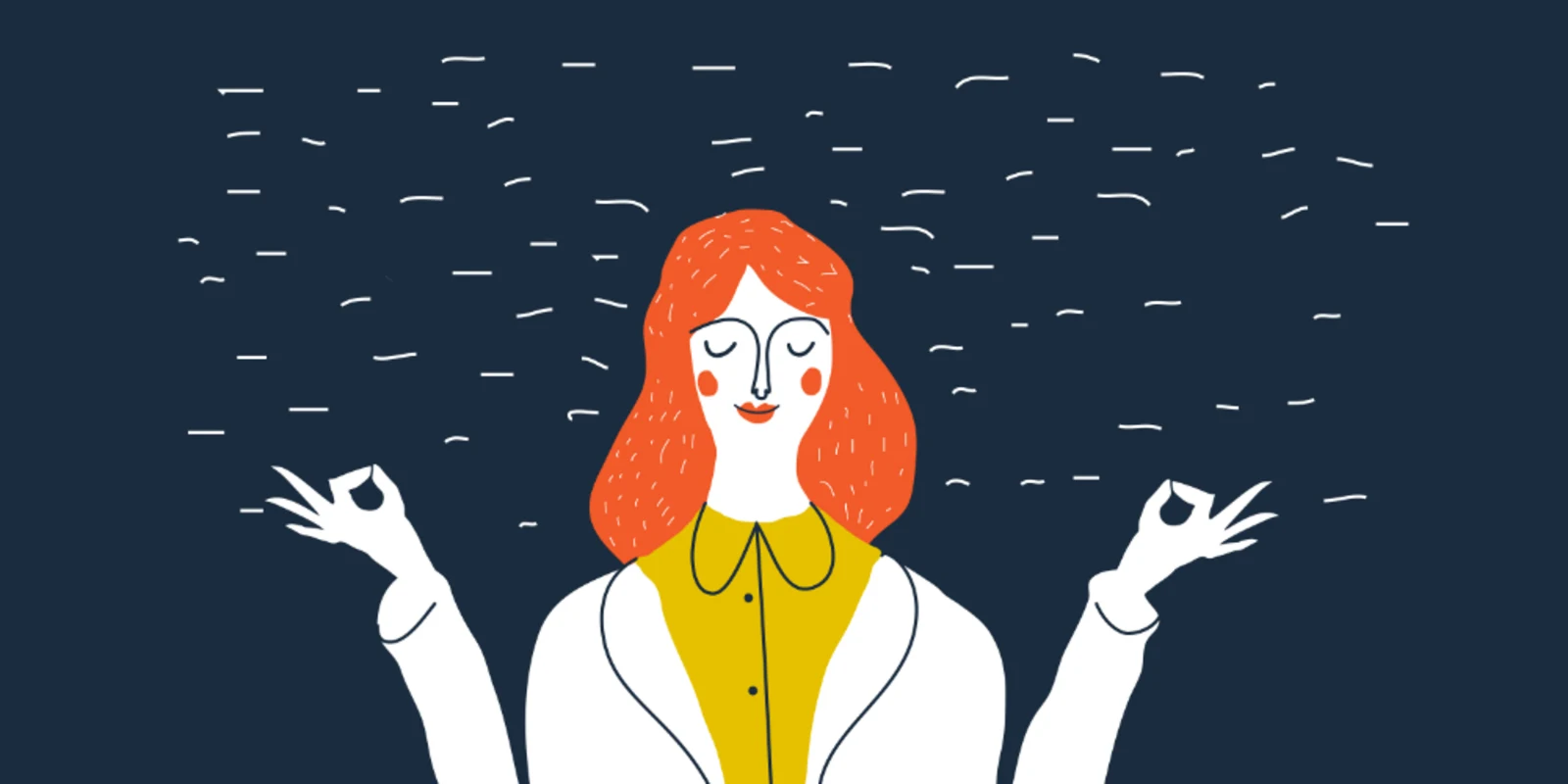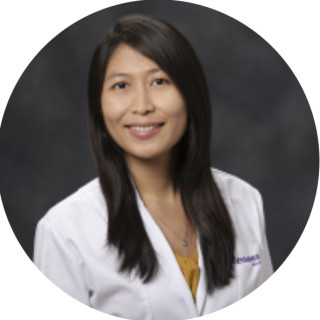The cool high desert breeze felt especially refreshing on a hot sunny day. I set up my inflatable kayak and started paddling on the crystal clear water. I only felt the warm sun rays and the splashes of water on my skin. I breathed in the clean air and felt at peace to be floating in a lake surrounded by majestic mountains. At that moment, I felt so small and insignificant — in a very comforting way.
The day before was rather different. Code blue was called on the ninth floor as I was evaluating a patient with pericardial effusion on the ground floor that was the ER, clinically looking like a tamponade. My pager went off intermittently about someone with a rapid heartbeat and another person with chest pain. After stabilizing the two patients, I called back and assessed the urgency of the other two patients. I received a text from the nurse that the team was ready for a transesophageal echocardiogram in the procedure room. The clinic nurse paged me that a patient needs a clearance letter as soon as possible and when I could provide the physical signature. I was surrounded by so many people, and was very much needed all day long — but I felt so alone.
A week prior in the office, in between patients, I received constant notifications in MyChart. Some were from the patients. Others, though, were from the insurance companies. It usually sank my heart to see messages from certain insurance companies because that meant I would be speaking to a retired physician who was a noncardiologist, and I would have to change my orders to what the insurance would cover based on their own non-society-based guidelines.
Our medical schools and residency programs had trained us to deal with the busy days. I had always gotten through those days — no breaks, and the checklist of evaluations, procedures, notes, and orders always got completed on time. On my days off, I slept and did chores. I tried to spend as much time as possible with my family. I exercised a lot.
However, I wasn’t well. I would get sick easily with stressful stretches of work weeks. I felt fatigued and like part of a machine. The joys of daily living were starting to fade. It took a good reflection and a deep soul searching over the last few years for me to realize what was missing. I was living more for the future, less in the present. My goals were driven more by fear and less by hope. It was time for me to change. It was time for me to live in the present and let hope guide my goals.
The following four strategies helped me become a more present physician and human in general. I came to experience joy in daily living rather than only during my days off. I hope they will help you as well.
First and foremost, what helped me was taking deep breaths. I took deep breaths whenever possible, and let the breaths guide me back to the present moment. On a busy day, we could easily forget about breathing deeply. I typically used some built-in slots to take deep breaths. My first built-in slot was traffic lights; we typically get impatient when the light turns red, but I used that time as an opportunity to breathe, and be thankful for the capabilities I had. Another slot was when the computer was taking too long to load either a patient chart or an image. The last slots were when examining patients. I took deep breaths with the patients when I listened to their lungs. These are just a few examples — there are many moments in our day when we could breathe deeply and bring ourselves back to the moment.
Second, I walked a lot at work. I took the stairs and gave myself a walking break, whether to grab hot water for tea or recycle some papers. I focused on my steps and my surroundings instead of worrying about anything else happening before walking.
Third, I paid attention to the patients’ words and my own words. Each of us was trying to connect with each other in the grand scheme of life. The patients had either discomfort or worries, and we were here to problem-solve. The more we connected, the smoother the process was.
The last strategy is as cliché as it sounds: doing things with hope and not out of fear. The patients were part of our community, and they were an extension of our families. Seeing each person as our family member allowed us to empathize. Many times, the rules and guidelines we had to follow from the hospital and the societies could be overwhelming, and we often did things in fear of missing the guidelines. The simplest thing to do was doing the best to keep up with the guidelines and apply them to the patients as though they were our family. Then, it felt more like taking care of each other with hopes that we were building our community.
I was not always able to follow the above four strategies; it is very much a work in progress. The more I was able to follow the strategies, the faster I worked with purpose, and the more present I was in every single moment. I started to feel the joy in everyday living — not just on the days that I got to kayak at the lake. One did not have to wait until one got off work to enjoy the present moment. It was already available for us to enjoy with our patients and our co-workers. And we would continue to do so when we got back home to our families.
How do you maintain your zen? Share in the comments.
Dr. Htet Khine is a cardiologist and medical director of nuclear cardiology at Renown Medical Center in Reno, NV. She also volunteers as an assistant clinical professor at University of Nevada, Reno School of Medicine. In her free time, she loves to spend time with her family. Her hobbies are running, skiing, and reading books. She can be found on Twitter @hwkhine.
Image by Isaeva Anna / Shutterstock







